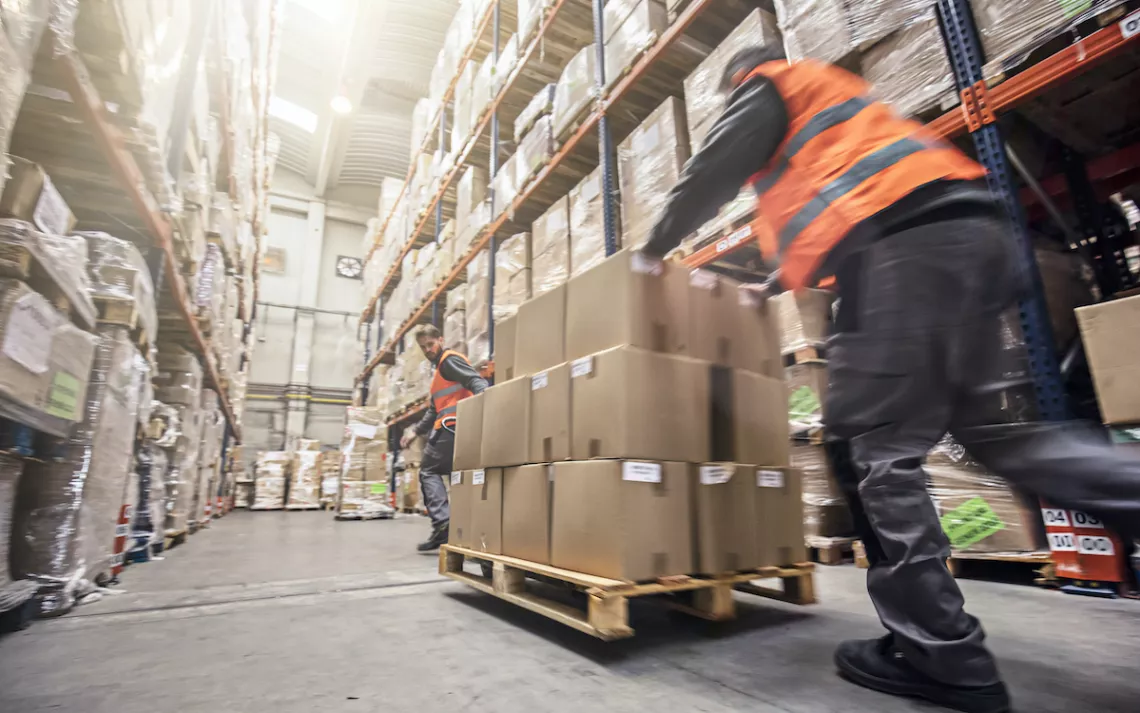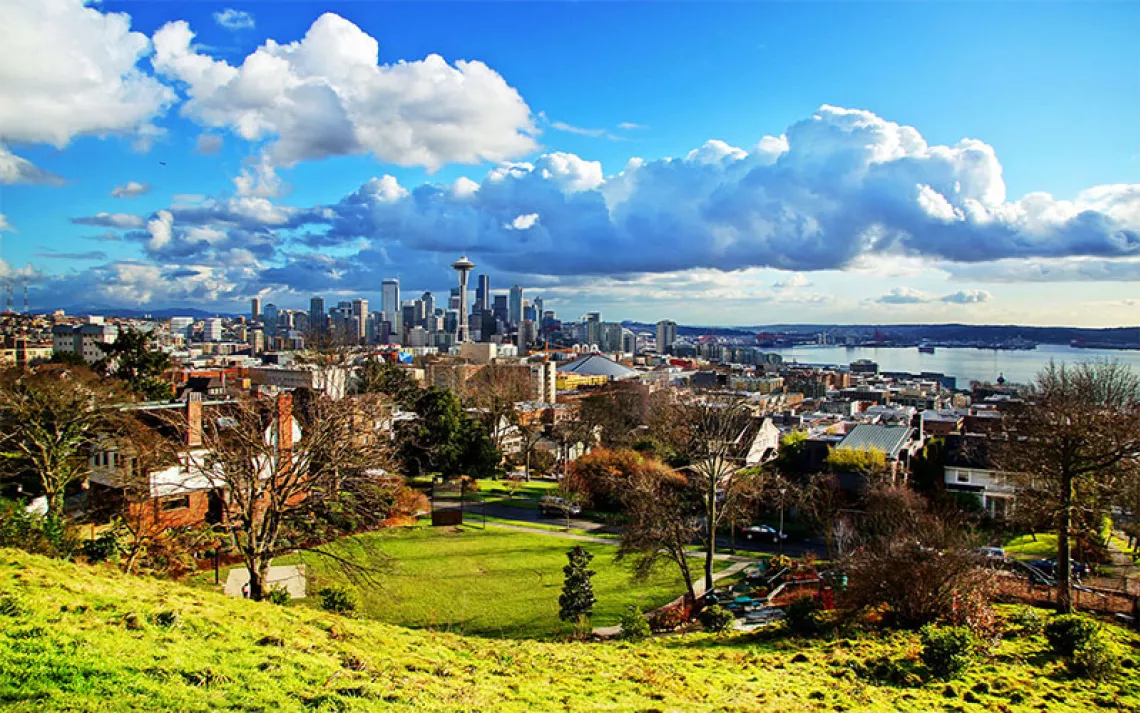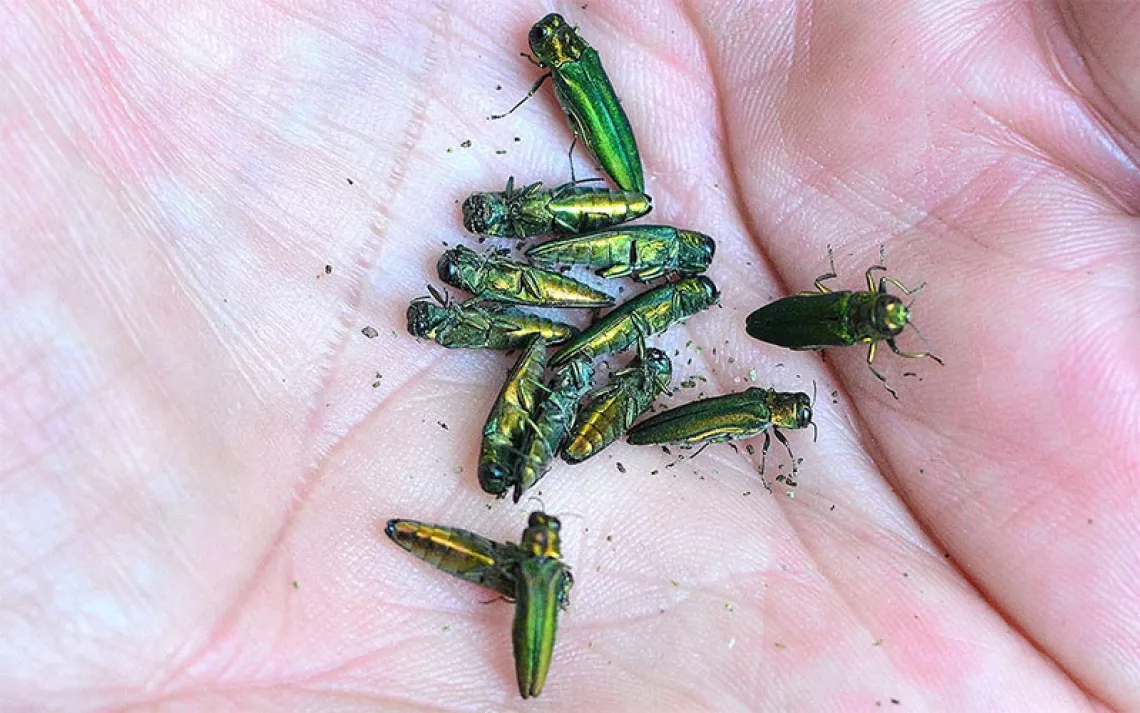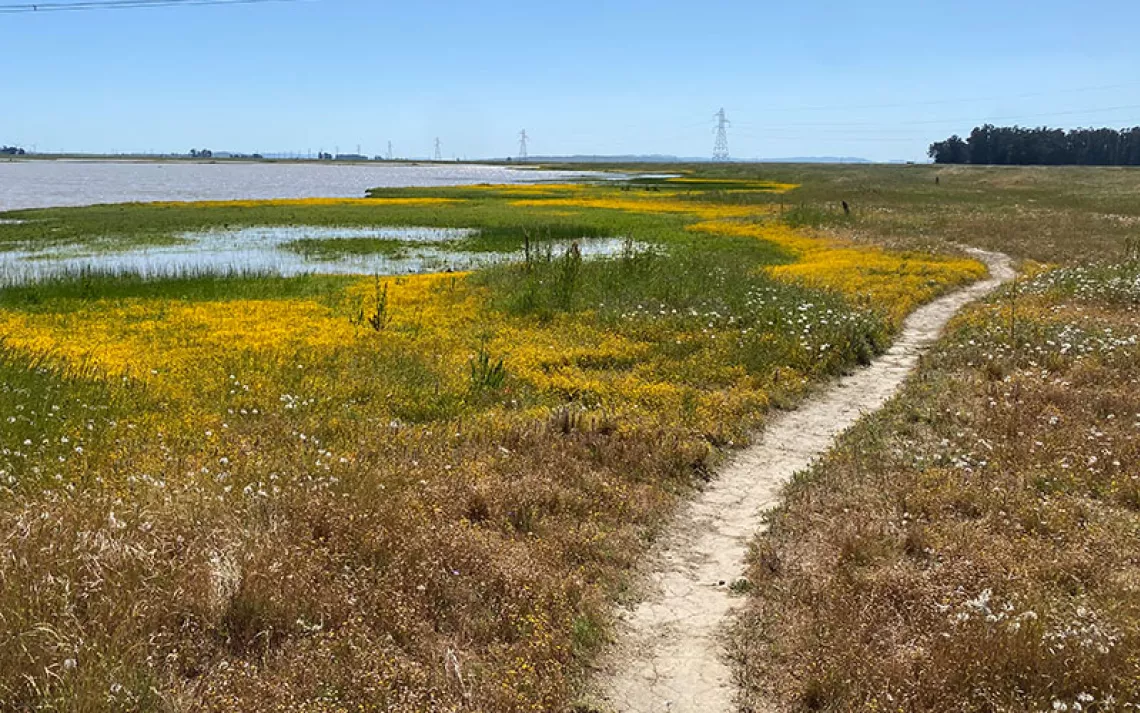The Heavy Price of Next-Day Delivery
Tacoma approves a giant new “fulfillment center” complex despite impacts on water, climate, and community

Photo by xavierarnau/iStock
Residents of Tacoma, Washington, planned a “green” remodel of their neighborhood’s groundwater district. The City of Tacoma had other priorities—like greasing the way to turn a hydrologically sensitive area into one of the region’s largest warehouse complexes.
The planned warehouses in Tacoma are among the largest developments in the city and part of a nationwide trend to use land in poor neighborhoods to enable the surge in online delivery that began with the Covid pandemic. A Sierra interactive story last year detailed how these “fulfillment centers” spring up where zoning appeases industry and land is cheap. When a warehouse is built, nearby residents experience a rise in air pollution from gas exhaust and dust, traffic congestion, and increased heat in the absence of trees.
South Tacoma fits the industry’s modus operandi. The city already ranks the neighborhood “low” for equity and environmental health, and “very low” for livability. Residents there already live an average of 10 years less than those in the rest of the city. The warehouses are expected to bring in thousands of trucks, most likely to feed online delivery companies for the greater Seattle region, but the site sits atop a Superfund site, a natural wetland, and a city aquifer.
The developer, Bridge Industrial, plans to build three or four warehouses totaling up to 2.5 million square feet on 160 acres. The site lies between residential areas that trucks would have to pass through before reaching a highway with quick access to the Port of Tacoma. Bridge Industrial has marketed the project for the next-day-delivery market, although it has not disclosed which company. At present the lot is bare except for dense foliage surrounding a creek that includes 68 Garry oaks, the only oak native to Washington State and British Columbia, which is endangered across both territories. (Bridge Industrial did not respond to a request for comment.)
When the city approved permits for the warehouses in April 2023, neighborhood residents had been working with the city to protect the aquifer and replace polluting industries with greener options. “Then here comes the warehouse, like a torpedo,” says Tim Smith, a longtime resident of South Tacoma. Neighborhood opponents filed suit. “We first called for a health impact assessment and certainly feel that this project still requires an environmental impact statement,” says Heidi Stephens, a director-at-large for the South Tacoma Neighborhood Council. “But at this point, neither are going to be done, for a project that will most likely bring more noise, more light, more air and heat pollution to an area that's already overburdened.”
Under state law, any development that is likely to have significant impacts to the environment must produce an environmental impact statement, which includes a public review that considers all available evidence. The City of Tacoma, however, said its permits came with conditions that addressed expected impacts. The city argued that ultimately, the area was zoned for industry anyway, even though that is precisely what residents had for years been asking to be changed. In 2021, Smith and Stephens had proposed a South Tacoma Economic Green Zone, which would incentivize nonpolluting industries, prioritize green space, and add protections to the aquifer. The city committed in 2022 to review and improve the groundwater rules in the area, saying it would consider suspending permitting to projects in the area so as not to preempt the green zone. Eight months later, the city granted Bridge Industrial its permit.
The Environmental Protection Agency has designated it a Superfund site after several decades of industrial activity that included rail car manufacturing, waste oil reprocessing, and improper waste disposal. The owner of the warehouses is required to follow EPA rules to minimize the effects from present soil contamination and further pollution, which includes worker training at that location, but residents are skeptical.
The city’s approval to build the warehouses did include conditions that addressed some environmental concerns, including standards for fuel efficiency and emissions. But without a proper environmental impact assessment, the city’s conditions likely don’t cover the extent of pollution, says Molly Tack-Hooper, an attorney with Earthjustice who represents two neighborhood organizations. One sticking point has been the number of vehicles that would transit to and from the warehouse each day. Bridge Industrial estimates more than 4,000 trips each day, but when the city used EPA models to determine impacts, it only considered a portion of the vehicles, Tack-Hooper says. “They never did any analysis to figure out how the vehicle emissions will affect people near the site.”
Another point of contention is the concrete slab that the warehouse development would put over an aquifer that presently absorbs not only rain from above but also water from far upstream. That has led to concerns that the aquifer could risk depletion and the area could see more flooding. The South Tacoma Groundwater Aquifer supplies 5 percent of Tacoma’s water but up to 40 percent in times of drought. Testimony suggested that contaminated soils of the Superfund site may now enter the aquifer through the warehouse’s planned single infiltration pond. The city said it found the residents’ concerns “speculative” and “unpersuasive,” instead favoring the company’s plans and existing government regulations to manage any problems that might arise.
Smith says the green vision will still move forward, even though one-fifth of the neighborhood will soon be warehouses. Unfortunately, the interests of South Tacoma’s largest landowner, he says, are currently not compatible with the neighborhood’s grassroots efforts to redesign itself in the interest of climate and equity.
 The Magazine of The Sierra Club
The Magazine of The Sierra Club



